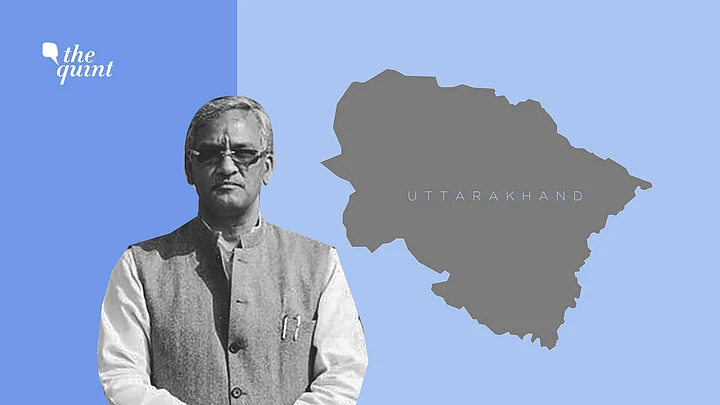Once again, Uttarakhand faces political uproar, as just days short of realising four years in power, Chief Minister Trivendra Singh Rawat submitted his resignation to Governor Baby Rani Maurya on Tuesday, 9 March.
The discord over Rawat had been going on since he took office in 2017, but it had reached a crescendo when Rawat himself was summoned to Delhi by the party high command.
Old Bitterness, New Agitation
Back in 2017, when the Bharatiya Janata Party (BJP) swept the Legislative Assembly election in Uttarakhand winning 56 of 70 seats, the speculation around the CM candidate began. Trivendra Singh Rawat’s name was not there even in the top five names being considered. Still, the party high command backed Rawat and gave assent, which came as a surprise to many.
Rawat’s 20 years as an Rashtriya Swayamsevak Sangh (RSS) member and his proximity to Home Minister Amit Shah were certainly factors that played in his favour, up until now.
Reasonably, this caused bitterness in those who had left the Congress to rise in the ranks with the BJP. Supporters of senior politicians like Harak Singh and Satpal Maharaj were visibly seeing red.
Within no time, many leaders within the party started objecting to Rawat’s chief ministership. They complained of not being heard and objected to Rawat’s style of working. Concealed divisions were formed within the party and ultimately, MLAs voiced their dismay in Delhi.
5 Reasons Why CM Rawat Faced Opposition in the State
- Ministers and MLAs alleged that Rawat was being partial to some officers by giving them immunity, while forest officers in the mountains were given a cold shoulder.
- Another demand by the MLAs was of filling the vacant seats in the Cabinet, which again the ministers claimed was sidelined.
- Rawat had announced Gairsain as the summer capital of the state on 4 March 2020. Last week, Rawat went a step further and declared the town a new administrative division, creating a third commissionerate after Kumaon and Garhwal. This move did not sit well with the Opposition or the ministers of the state.
- Women protestors demanding widening of roads in Gairsain were brutally lathi-charged for protesting during the Budget Session, outside the Legislative Assembly.
- Back in June 2018, a clip had gone viral where Rawat while hosting the ‘Janata Darbar’ was seen losing his cool and had suspended a teacher, who was demanding a transfer. This behaviour towards the general public has not aided his image either.
Why Do BJP CMs Fail to Complete Tenure in Uttarakhand?
Since its formation on 9 November 2000, Uttarakhand has seen a total of nine chief ministers in a period of 20 years. Starting from Nityanand Swami, who became CM with the state’s creation but couldn’t even complete a year. After BJP leaders revolted, he resigned. Bhagat Singh Koshyari became the CM in October 2001. When the 2002 Legislative Assembly elections took place in Uttarakhand, the BJP lost power to the Congress and ND Tiwari became the CM. He is the only CM to have completed five years in office.
When the BJP again won in 2007, they changed the chief minister twice over the course of five years. First, it was BC Khanduri, who was the CM till 2009. Once removed, the reigns of the state went to Ramesh Pokhriyal who stayed the chief minister for close to three years, until multiple charges of corruption were laid against him. In order to restore the BJP’s honest image, BC Khanduri was once again called upon to take control as CM. However, this did not help the BJP in the 2012 elections, where they once again, lost power to the Congress.
Taking cognisance of the complaints against Rawat, the party high command asked former CM of Chhattisgarh Raman Singh and Dushyant Gautam to meet with the MLAs and prepare a report. The report eventually led to a sit-down between CM Rawat and BJP President JP Nadda.
AAP’s Pivotal Role in Uttarakhand
Apart from announcing that the Aam Aadmi Party (AAP) will be contesting the elections, the party also commenced a campaign against CM Rawat. Since the tug of power in Uttarakhand had so far only been between two contenders, the AAP’s entry makes the political arena riveting.
Leaders who had left the Congress to rise in the BJP but didn’t, might again be looking to make a change. Though going back to the Congress after having rebelled against it is not a gracious move, the AAP’s entry gives these politicians some bargaining power. Rumours about leaders planning to leave the BJP are already doing the rounds, purportedly making the party nervous.
(At The Quint, we question everything. Play an active role in shaping our journalism by becoming a member today.)
